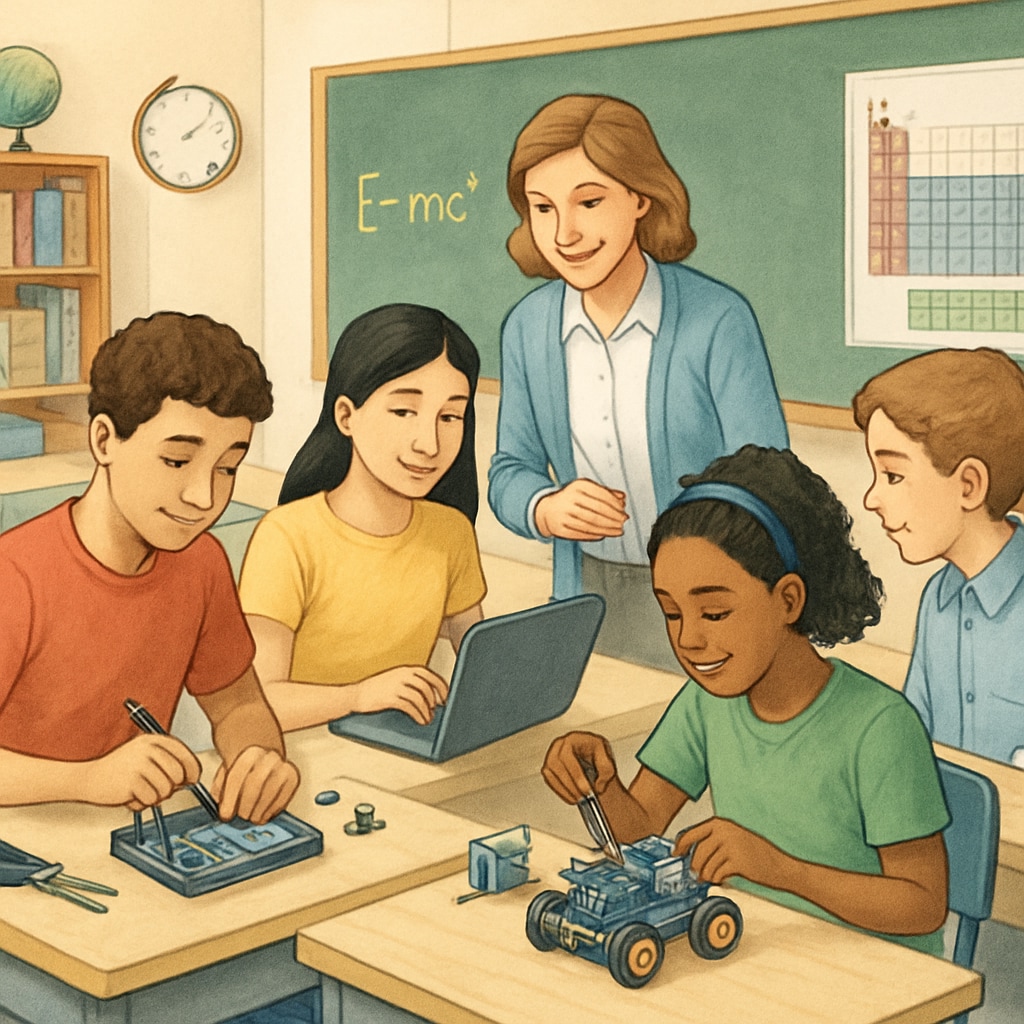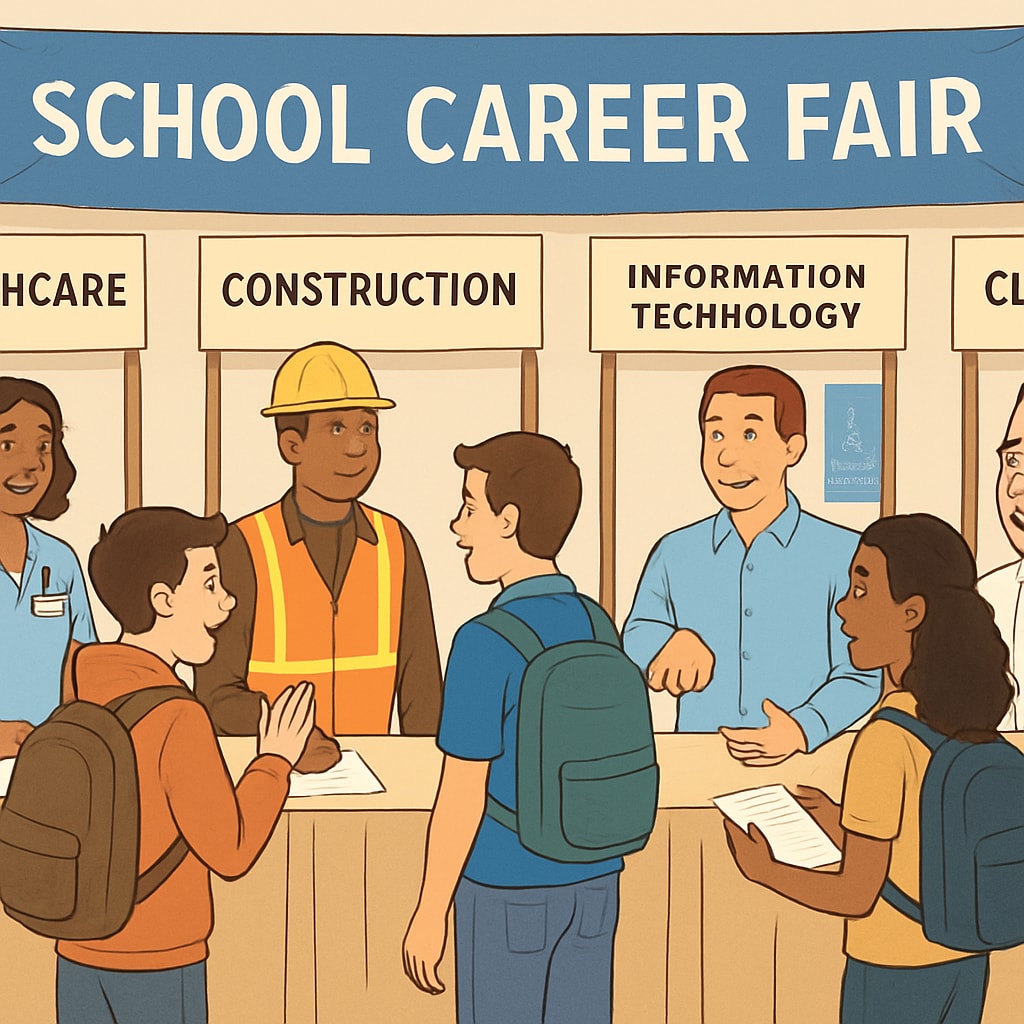Balancing Career and Technical Education (CTE) with traditional academics in K12 schools is a growing priority for educators and school districts aiming to prepare students for both college and career paths. A well-structured educational framework that incorporates both elements can empower students to achieve academic excellence while equipping them with practical skills for the workforce. This article explores the importance of integrating CTE and traditional academic subjects, the challenges involved, and actionable strategies for creating a balanced education structure.
The Importance of CTE and Traditional Academics
CTE programs focus on providing students with hands-on, career-specific training in fields such as healthcare, technology, manufacturing, and the arts. When combined with traditional academic subjects like math, science, and language arts, students can acquire a comprehensive education that supports both intellectual growth and practical skill development. According to a Britannica article on CTE, these programs play a vital role in addressing workforce demands while enhancing student engagement.

Traditional academics lay the groundwork for critical thinking, communication, and problem-solving skills. However, by supplementing these subjects with CTE, students gain real-world application opportunities, making their education more relevant and engaging. For example, a student learning algebra in a traditional setting could apply those skills in a CTE engineering course, solving real-world design challenges.
Challenges in Balancing Educational Structures
While the integration of CTE and traditional academics offers numerous benefits, it is not without challenges. Many school districts face logistical constraints such as limited funding, teacher shortages, and scheduling conflicts. Additionally, there is often a misconception that CTE is less rigorous than traditional academic subjects, leading to resistance from parents and educators. As a result, some schools struggle to implement a balanced curriculum that serves diverse student needs.
Another hurdle is the alignment of CTE programs with traditional academic standards. Ensuring that CTE courses meet the same level of academic rigor while providing practical training requires careful curriculum design. Schools also need to consider how to accommodate students who wish to pursue both college-preparatory tracks and career-focused pathways.
Strategies for Effective Integration
To address these challenges, schools and districts can adopt several strategies to create a balanced educational structure:
- Cross-Disciplinary Collaboration: Encourage collaboration between CTE instructors and traditional academic teachers to design interdisciplinary lessons. For example, a biology teacher might work with a healthcare CTE instructor to develop lessons on anatomy and medical practices.
- Flexible Scheduling: Implement block scheduling or hybrid models that allow students to take both CTE and academic courses without overloading their schedules.
- Professional Development: Provide training for teachers to understand the value of CTE and how to integrate it with traditional subjects effectively.
- Community Partnerships: Partner with local businesses and industries to offer internships, apprenticeships, and mentorship programs, giving students real-world experience alongside their classroom learning.
- Career Counseling: Offer guidance programs that help students map out their educational and career goals, ensuring they can explore both academic and vocational opportunities.

Building a Comprehensive Educational Ecosystem
Ultimately, the integration of CTE and traditional academics must be approached as part of a broader effort to create a comprehensive educational ecosystem. This involves aligning school policies, resources, and community support to ensure that all students have access to high-quality learning opportunities. For example, school districts can advocate for increased funding to expand CTE programs and invest in cutting-edge technology for classrooms.
Moreover, fostering a positive perception of CTE among parents, students, and educators is crucial. Highlighting success stories and showcasing how CTE graduates excel in their careers can help shift the narrative and encourage wider acceptance of these programs.
Conclusion
A balanced approach to education that integrates CTE and traditional academics can prepare students for the challenges of the 21st-century workforce while maintaining strong academic foundations. By addressing logistical challenges, promoting interdisciplinary collaboration, and fostering community partnerships, schools can create a dynamic learning environment that meets the needs of all students. As educational structures continue to evolve, prioritizing this balance will be key to building a future-ready generation.
Readability guidance: Use short paragraphs and bullet points to summarize key ideas. Incorporate transitional words like “however,” “therefore,” and “as a result” to improve flow. Avoid long sentences and passive voice to maintain clarity.


